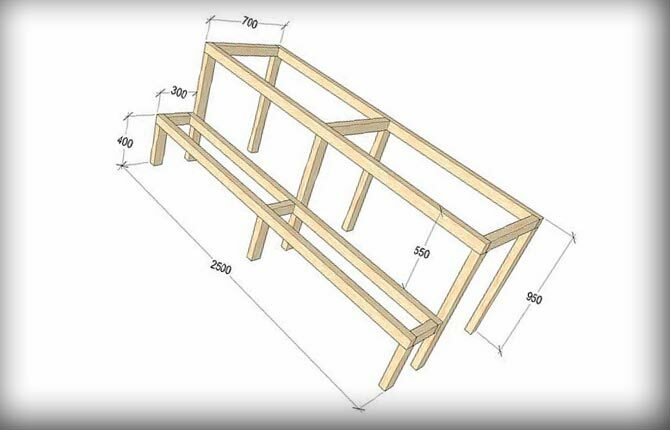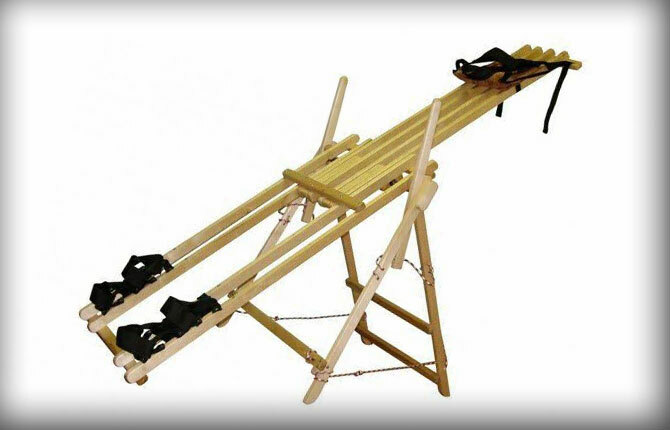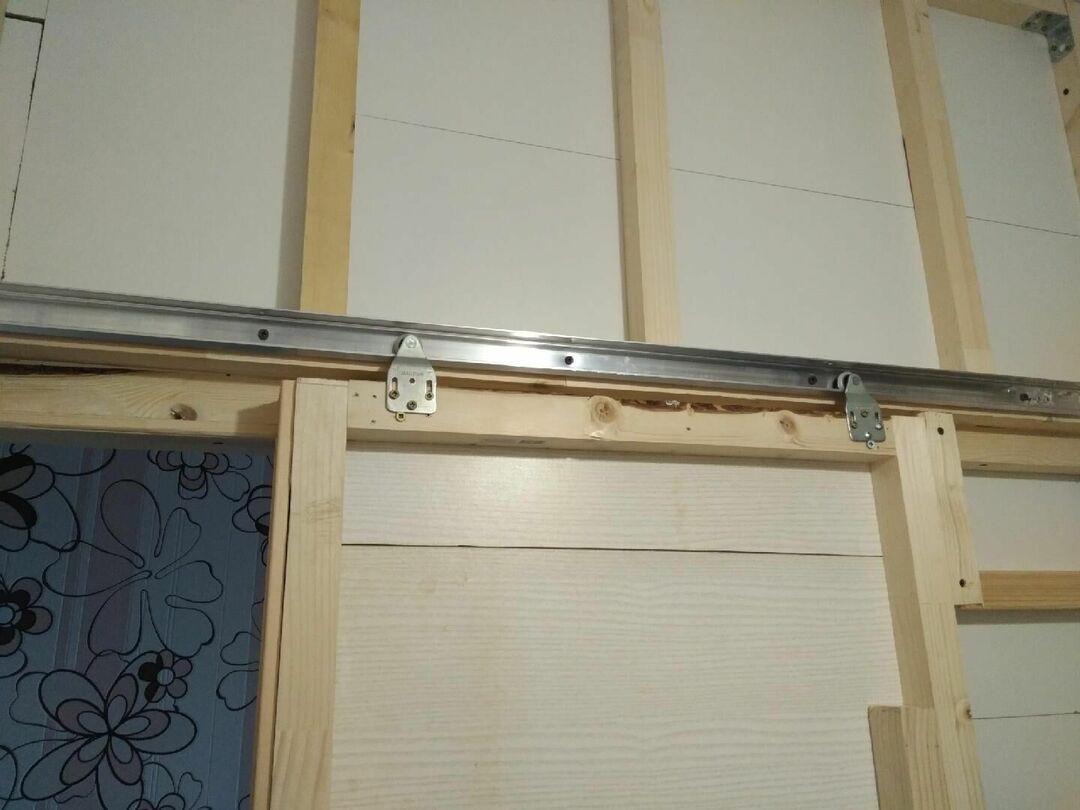A pipe cap is a fitting that has several purposes. It seems to be an insignificant detail, but in plumbing it marked a whole direction. Hence the broad classification, where divisions are made according to the material of manufacture, shapes, method of fastening and other characteristics.
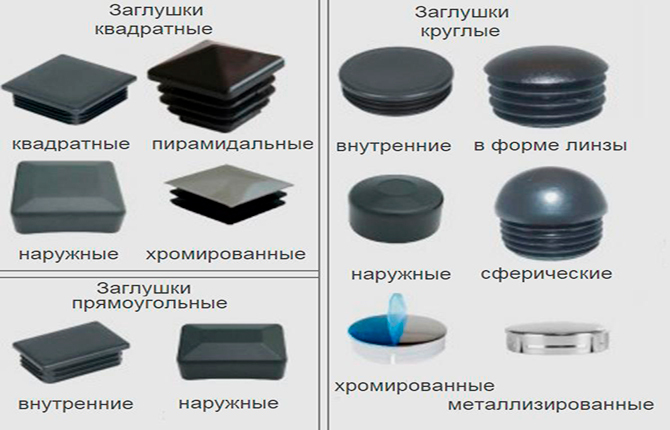
The content of the article:
- Where and in what cases is it applied
- What are the types of plugs
-
What materials are made from
- Rubber
- Plastic
- Specific Models
- What to consider when choosing
-
How to put a stub
- Installation of a plug in a system without pressure
- Installation in a pressurized system
- Installation with further dismantling
Where and in what cases is it applied
Plugs are mainly used for:
- protect pipes from dirt and moisture;
- when carrying out repair work of pipelines;
- for shutting off tightly the pipe line for various reasons: technical, technological and others.
What are the types of plugs
The classification is broad. The first criterion for separation is by form. There are several positions here:
- round;
- square;
- oval;
- elliptical.
By installation method:
- threaded;
- plug-in;
- welded;
- flanged;
- pneumatic.
Place of installation:
- outdoor;
- internal.
In size - depending on the diameter of the pipe to be closed.
What materials are made from
Here are a few basic positions and options related to the group - specific stubs.
The first is a metal cap on the pipe. The material of manufacture (in this case) is steel, cast iron, stainless steel, brass.
Characteristics of the steel version:
- withstands temperatures from -70 ℃ to +600 ℃;
- pressure - up to 30 atm;
- service life - up to 100 years, depending on the medium passing through the pipeline.
Cast iron models have lower performance because they are installed in sewer systems. According to GOST, they do not regulate the temperature regime of the medium flowing through the pipes. It's the same with pressure.
They are made of ductile iron, so they can easily withstand high humidity and water for a long time. There are two models for sale:
- standard black cast iron;
- gray galvanized.
Such models can be used not only in sewerage, but also in heating, gas pipelines.
Brass products have the following characteristics:
- temperature – up to +200 ℃;
- pressure - up to 30 atm.
They cannot be used in systems with aggressive environments.
Stainless steel fittings are the strongest, most durable. They easily withstand humidity conditions, are not magnetized. But very expensive compared to other types.
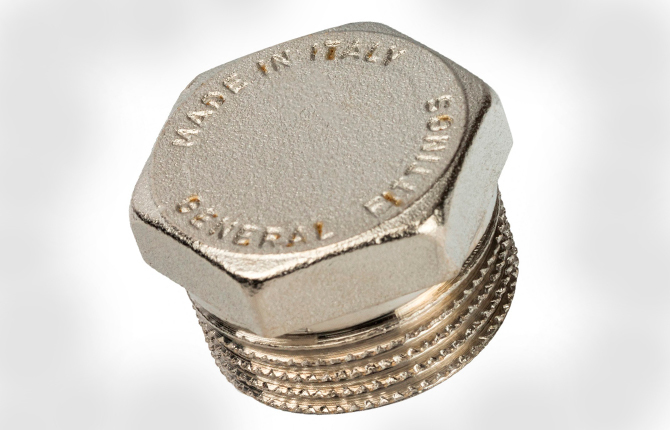
Rubber
These are parts made on the basis of rubber or a synthetic substitute. They are used to temporarily shut off the pipe - or in the process of repairing the pipeline system, or when it is necessary to temporarily turn off one of the pipeline sleeves.
Rubber plugs for pipes are divided into two groups:
- ordinary in the form of caps that are put on the end of the pipe;
- pneumatic.
The latter are spherical or cylindrical hollow bags or cylinders that are filled with air during use.
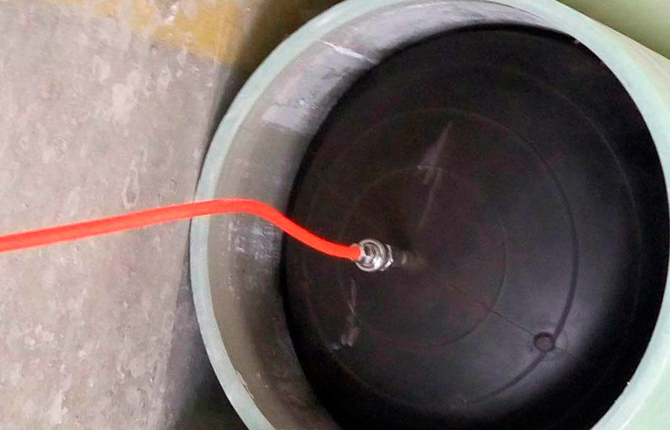
Plastic
It is a cheap alternative to metal. They do not withstand high temperatures, therefore they are more often used in domestic pipe networks or as a decorative element covering the upper part of the post in fences, gates and other similar structures. Plastic models are also used in the furniture industry in the manufacture of objects from pipes. They are decorative caps for pipes.
Today, they have found application in the construction of vessels (pneumatic and hydraulic) operating under pressure. Plastic is more often than other materials used for the production of a fitting, with which the openings of pipes are closed, ready for transportation.
Manufacturers offer products with the following characteristics:
- pressure - up to 25 atm;
- petrol and oil resistant with reinforcement;
- chemically resistant, made of a special polymer;
- for gas pipelines in the form of flanges with a paronite gasket.
Plugs for plastic pipes - products of different colors. Manufacturing technology - injection molding, hence the high geometric accuracy and strength.
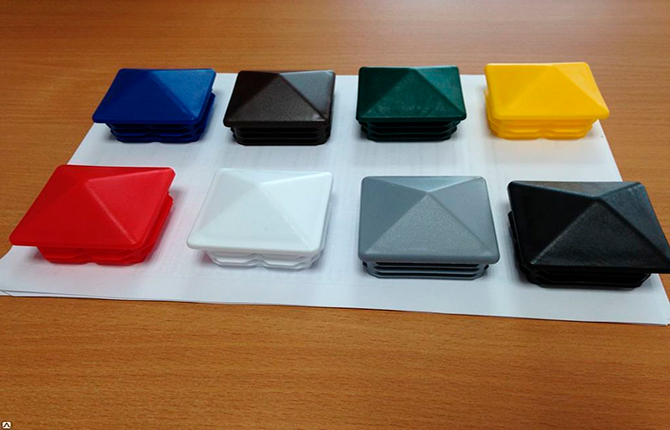
Specific Models
This group includes products made of fabric and composite materials. The first are installed on air ducts, so the place of application is the ventilation system.
The latter are made on the basis of polymers, glass, ceramics and other materials with the addition of reinforcing additives. Such plugs are used in aircraft or rocket manufacturing, because they have characteristics that surpass even stainless steel varieties.
What to consider when choosing
There is more than one factor to consider when choosing a stub. In the first place are the operating conditions of the pipeline. For example:
- if it is necessary to drown out the circuit of the heating network or hot water supply, then there is no better metal product;
- for sewage, you need to choose either cast iron or plastic, depending on the installed pipe (made of plastic or cast iron);
- it is better not to install threaded analogs on high-pressure gas pipelines that will let gas through;
- plastic plugs can be installed in water supply networks;
- the same goes for furniture, pipe racks.
The second factor is parameters. This refers to the shape and size. It is easiest with them - they must match the pipes, their shape and section. For example, today many plugs are produced for a plastic profile pipe. The shape is square or rectangular, any size for tubular products.
The third factor is the material from which the plugs are made.
The fourth factor is the tasks assigned to the stubs. If this is a decorative element, then there are no special requirements for it. Its task is simply to close the open end of the pipe so that dirt and water do not get inside.
Vasily Borutsky
Specialist in the design and installation of engineering communications systems of a wide profile
If it is necessary to cut off the medium flowing through the pipe system, then it is better to use flange analogues or pneumatic ones. Pipelines operating under pressure are closed with threaded or welded elements. The first belong to the category of reusable or removable. The second is non-removable parts.
— Vasily Borutsky Specialist in the design and installation of engineering communications systems of a wide profile
How to put a stub
Before you put a plug on the pipe, you need to decide on pressure inside the pipeline. The larger it is, the higher the performance of the fitting should be.
Installation of a plug in a system without pressure
You can use any type of plug here. If the pipe is metal, then you can drown it out by welding an elliptical model to the end. The method is costly and requires experience, skills, availability of special welding equipment.
You can install a screw plug. But for this you will have to cut the threads on the pipe or weld the shackle to it, which again requires special tools and skills.
Therefore, the best option is a plastic plug that is put on or inserted into the pipe. Glue can be used to strengthen. If the line is assembled from plastic pipes, then the PVC plug is installed using the same welding machine (iron).
Vasily Borutsky
Specialist in the design and installation of engineering communications systems of a wide profile
If the task is to plug the pipe during the repair of the pipe system, then more and more often rubber pneumatic models are used for this: rubber-cord or rubber-fabric. This is a bag or cylinder that is placed in a pipe and inflated with air using a pump. The plug expands, fills the space, tightly pressing against the inner walls of the pipeline. Sealing is 100%.
— Vasily Borutsky Specialist in the design and installation of engineering communications systems of a wide profile
Some models are supplied with an aluminum tube passing through the plug. This variety is installed on vertical channels. The tube is designed to track the flow passing through a horizontal pipe.
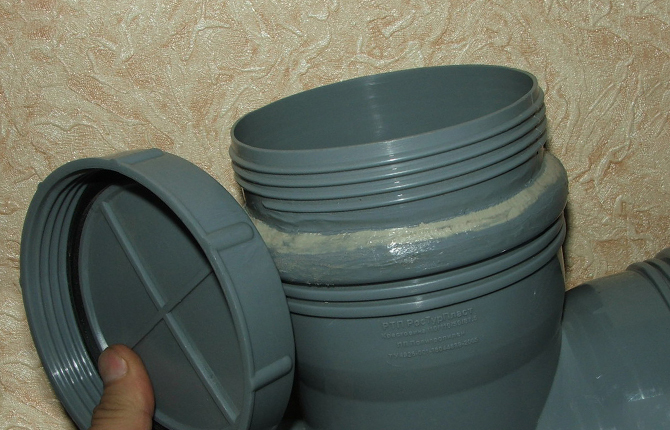
Installation in a pressurized system
Here you also need to take into account the material from which the pipe is made. For steel, a threaded plug or a welded one is needed. For plastic - welded or threaded, fixed with glue.
Welded and adhesive belong to the category of fittings used for permanent connections. That is, when dismantling, they will have to be cut off. But it is precisely such models that provide one hundred percent tightness of the joint.
Threaded, when properly installed, will not yield to the previous two. To do this, it will be necessary to additionally use a sealing material, which will ensure the tightness of the connection. But such plugs are convenient in that they can be removed at any time and used elsewhere.
Installation with further dismantling
To do this, you will have to install only threaded or plug-in elements. The latter are fittings often used on racks and furniture, as well as on pipes prepared for transport. The latter are designed to protect edges from impact loads. Upon impact, the fitting will suffer, but there is no edge.
The dismantling variety makes it possible to remove the plugs if necessary and use them in the future in other areas, racks and other structures.
Vasily Borutsky
Specialist in the design and installation of engineering communications systems of a wide profile
Today, manufacturers offer so-called compression options. They are based on a two-way compression coupling, one nut of which does not have a through hole. It is deaf, hence the renaming to a stub. A convenient option for plugging PVC pipes without any tools or effort.
— Vasily Borutsky Specialist in the design and installation of engineering communications systems of a wide profile
As you can see, the huge variety of man-made pipe plugs confirms that this fitting is practically essential. Where there is a pipeline, such an irreplaceable part will definitely be required.
Did you know how wide the scope of pipe plugs is? Tell in the comments. Save the article to your bookmarks bar so that it is always at hand.
